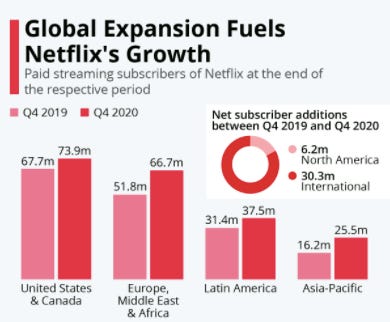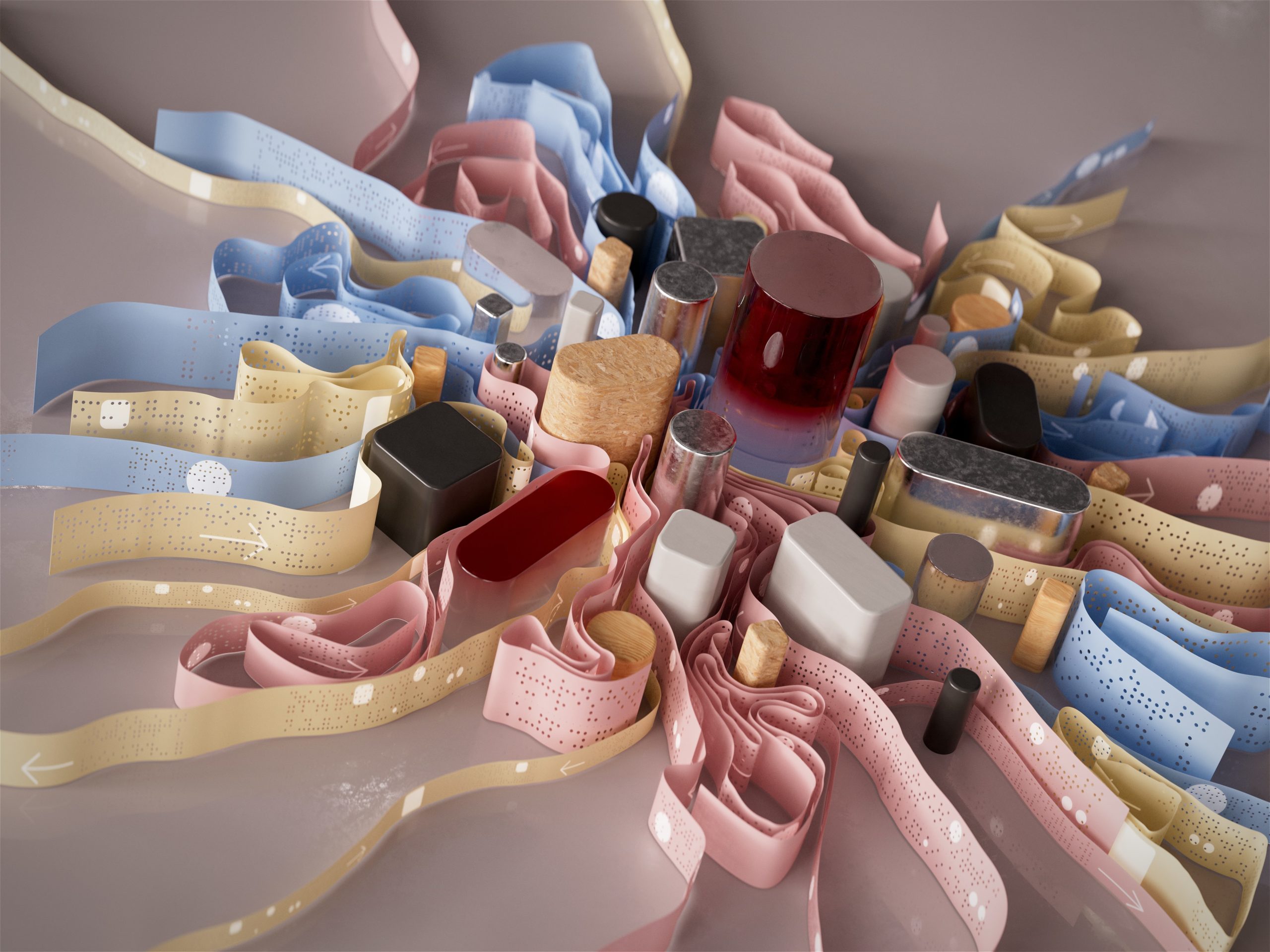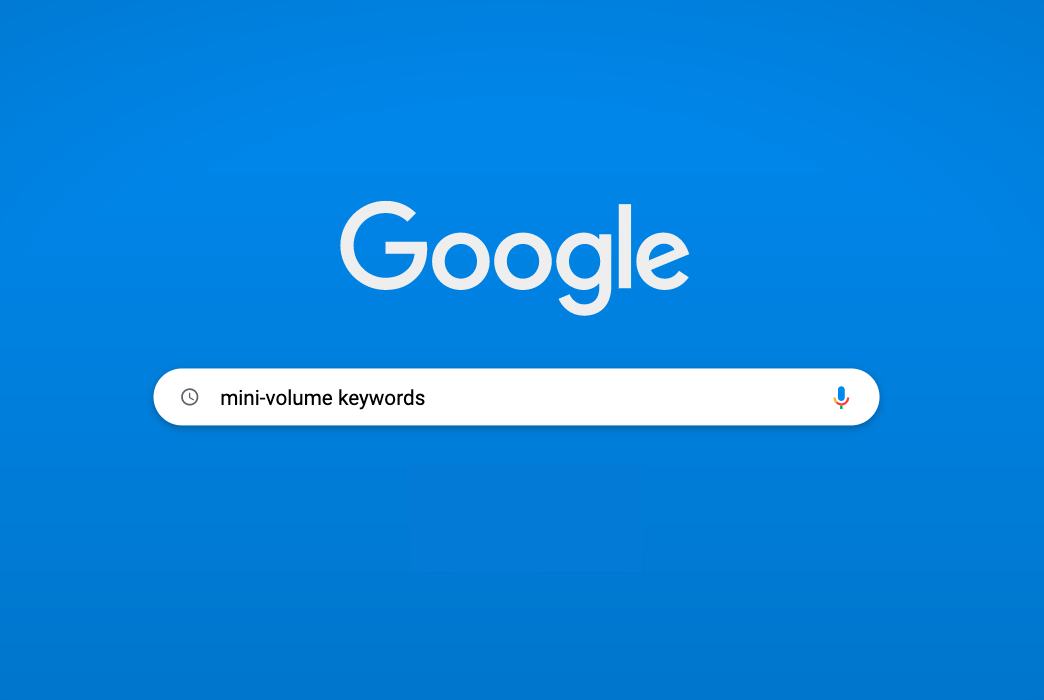- Marketer Milk
- Posts
- 7/26/2022
7/26/2022
Hi 👋
We analyzed over 100 homepages to discover what the best ones do. Here’s what we learned.
When people visit your website, this is what generally happens:
100% of people visit a website
10% sign up to try
5% become active users
1% become paying subscribers
0.3% stick around and become repeat customers
Note that this is a healthy representation of what could happen. Unfortunately, there are many startups and companies out there that have a conversion rate problem.
And this problem can be better understood by the “Knowledge Spectrum” — a term created by user interface designer Jared Spool.

All conversion rate problems occur because of a Knowledge Gap. Closing this gap is how you improve your conversion rate.
You either have to increase, or decrease, the amount of knowledge that is needed by a visitor to sign up.
It’s fairly simple, but hard to accomplish in practice.
When you look at a homepage, or landing page, you should ask yourself, “do I need to increase knowledge on this page or decrease it?”
The best way to approach this is to start with just 1 button (your CTA) on a page. In this case, let’s say it's a “sign up” button to get someone to sign up for a free trial.
Then you need to ask, “what do I have to put on this page to get someone to click this single button?”
To help understand what needs to go on your homepage, you should address the 7 questions your visitors (whether they’re consciously aware of it or not) will secretly ask themselves:
What is the CTA? And how quickly does it lead me to the “aha moment” of a product?
What is this product (or service)? What is this “aha moment” that this service provides?
Is this product right for me?
Is it legit?
Who else is using this product?
How much is it? What’s the catch?
Where can I get help?
If your homepage can answer all 7 questions clearly, you’re 10 steps ahead of most brands.
Webflow does a great job at following this structure. Here is how Webflow answers these questions on their homepage:
The CTA is to get started with building a website. This is the only CTA on the entire page.
This product is a SaaS that lets designers build websites without developers (says in the headline).
Has multiple product feature sections to make sure designers and marketers know if it’s the right platform for them.
Has a clean website design and looks like a real company (not a spammy-looking page).
It's used by 3.5M designers and highlights customer logos (social proof).
Says you can create and launch a website for free.
Includes resources (and people) that will help you create a website.
Next time you think you have a conversion rate problem on a landing page, ask yourself the 7 questions (from the perspective of your ideal customer). If you have multiple CTAs and MBA-writing jargon, chances are you need to decrease knowledge (simplify things). If you have just one CTA, but people aren’t signing up, chances are you have to increase knowledge (answer the 7 questions clearly).
If you want to learn more about this, check out Y Combinators' video on this topic.
With that, let’s get into what we have in store this week:
Marketing news from the past week
Marketer's Talk (feat. Brooke Burdge, SVP Brand Marketing at Attentive)
How Netflix acquired 200M+ paying customers
6 predictions about AI in content marketing
What 20,000 keywords say about the first page of Google
Ad from the past
Website of the week
Cool marketing jobs
And much more
🗞 In the news
🎙 Marketer's Talk
This week, we chatted with Brooke Burdge — founding team member, first marketer, and now SVP of Brand Marketing at Attentive. With an impressive resume as a marketing leader at companies like Deloitte and Twitter, Brooke is now helping lead the way for SMS and mobile marketing.
We asked Brooke some questions. Here's what she had to say:
Why did you choose marketing as a career path?
I actually first started out in graphic design, then toyed with the idea of a career in psychology, but ultimately found my way into marketing. I love how creativity and connection is at the core of this role. It’s fascinating to me how little variances in what you say and the ways you communicate can impact whether or not someone trusts your product, buys it, and wants to tell others about it.
What do you think most B2B companies get wrong about branding?
I think there’s still a misconception that a good product will “sell itself.” B2B has become incredibly crowded, so having a strong brand can help you stand out (but it doesn’t happen overnight!). B2B can also sometimes lean towards being overly facts and features focused – that info is definitely needed for a considered purchase, but what people are innately drawn to and will remember are stories and how you make them feel.
What's the best piece of marketing advice you've been given?
Mentally walk-through the full experience as if you’re the target audience – whether it’s an event, a product launch, or an ad campaign. What questions come up, what action do you think you should take next? Envision your work from the outside looking in.
What book do you think every marketer should read?
“Influence: The Psychology of Persuasion.” It’s focused on human behavior and is a classic from the ‘80s, so some examples are now outdated but the core principles still make sense.
Dairy milk or plant-based milk?
Oat milk has become my go-to. But I did recently discover pistachio milk exists and am a fan of that, also (check out the brand Táche – not sponsored!).
Have a question you want a marketing leader to answer? Submit it here!
📈 All things growth, product, & sales
How Netflix acquired 200M+ customers, taking an ecommerce brand from $500 to $1M in sales, how to launch #1 on Product Hunt, product positioning, and the proper SDR to marketer ratio.
💭 Guess the riddle
Young I am tall, Old I am short, With life I do glow, The wind is my foe. What am I?
Answer is at the bottom of this email
✍️ Content, copy, & social media
Six predictions about AI in content marketing, 12 formulas to write engaging headlines, how to cre, and how to attract buyers on LinkedIn.
🍭 Marketing resources
Discover search trends on Wikipedia
⚙️ SEO (search engine optimization)
What 20,000 keywords say about the first page on Google, why targeting mini-volume keywords is important, and an SEO test to see if shorter title tags improve rankings.
📣 Ad from the past

A Snoopy toothbrush ad from 1973.
Great copywriting is memorable. It plays on current events (the popularity of the Peanuts cartoon at the time), get's controversial (anti-war movement), and attempts to do something never been done before.
💻 Website of the week
Discover small startups for sale!
🧠 For the soul
🏝 Remote marketing jobs
Check out some cool marketing job opportunities right now:
Head of Marketing at Alloy Automation
Managing Editor at Protocol Labs
Paid Media Manager at Firstbase
Okay, that's it for now 💛. See you next Tuesday!

What did you think of this newsletter? |
“Trust in yourself. Your perceptions are often far more accurate than you are willing to believe.” — Claudia Black
Riddle answer: A candle


%20(7).png)










